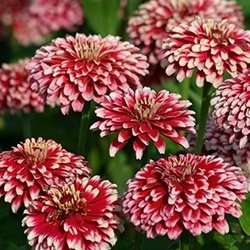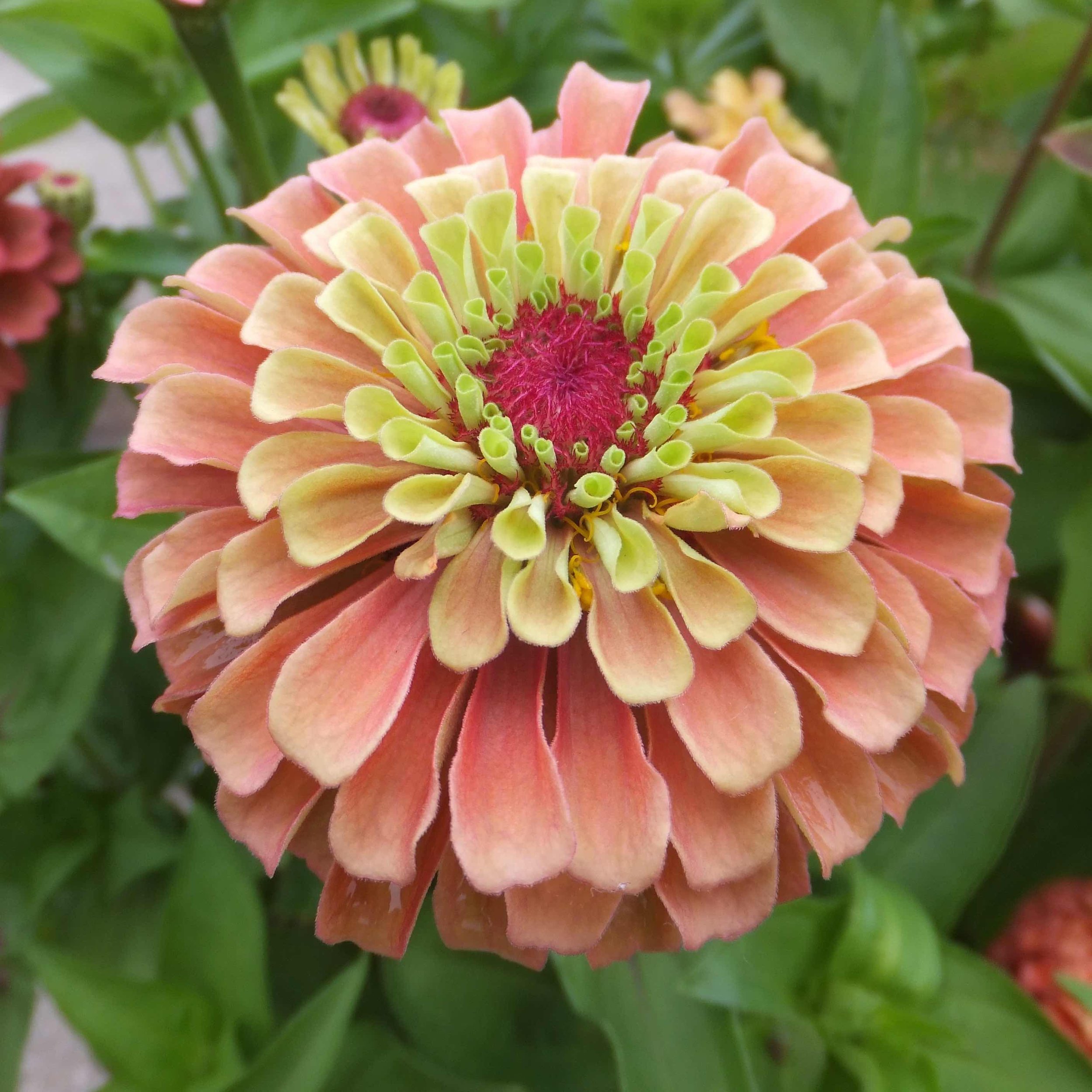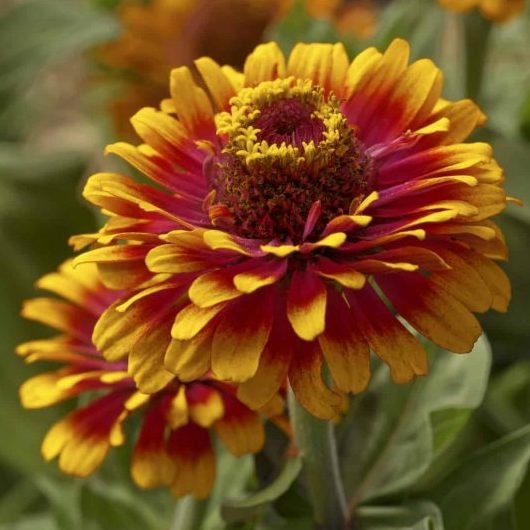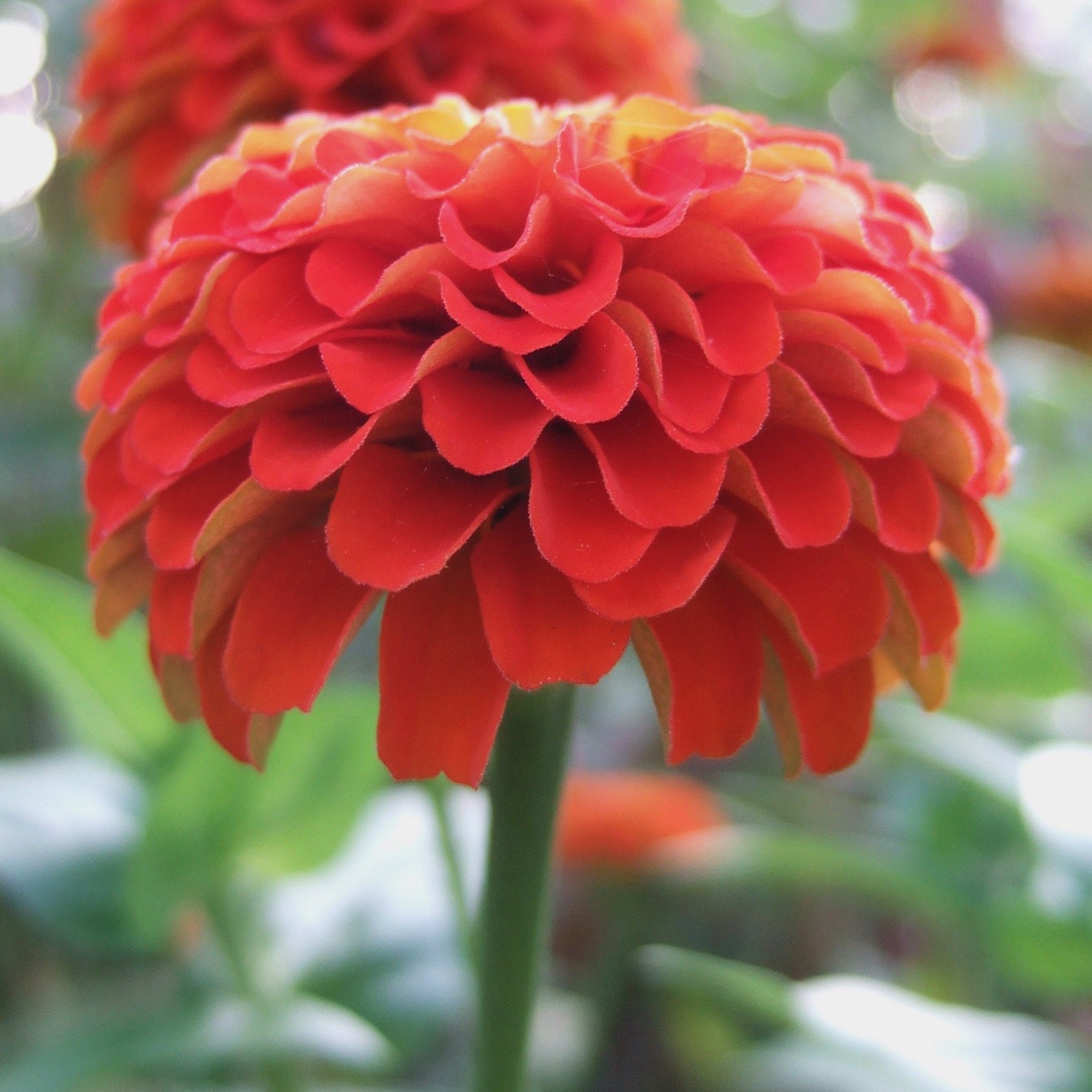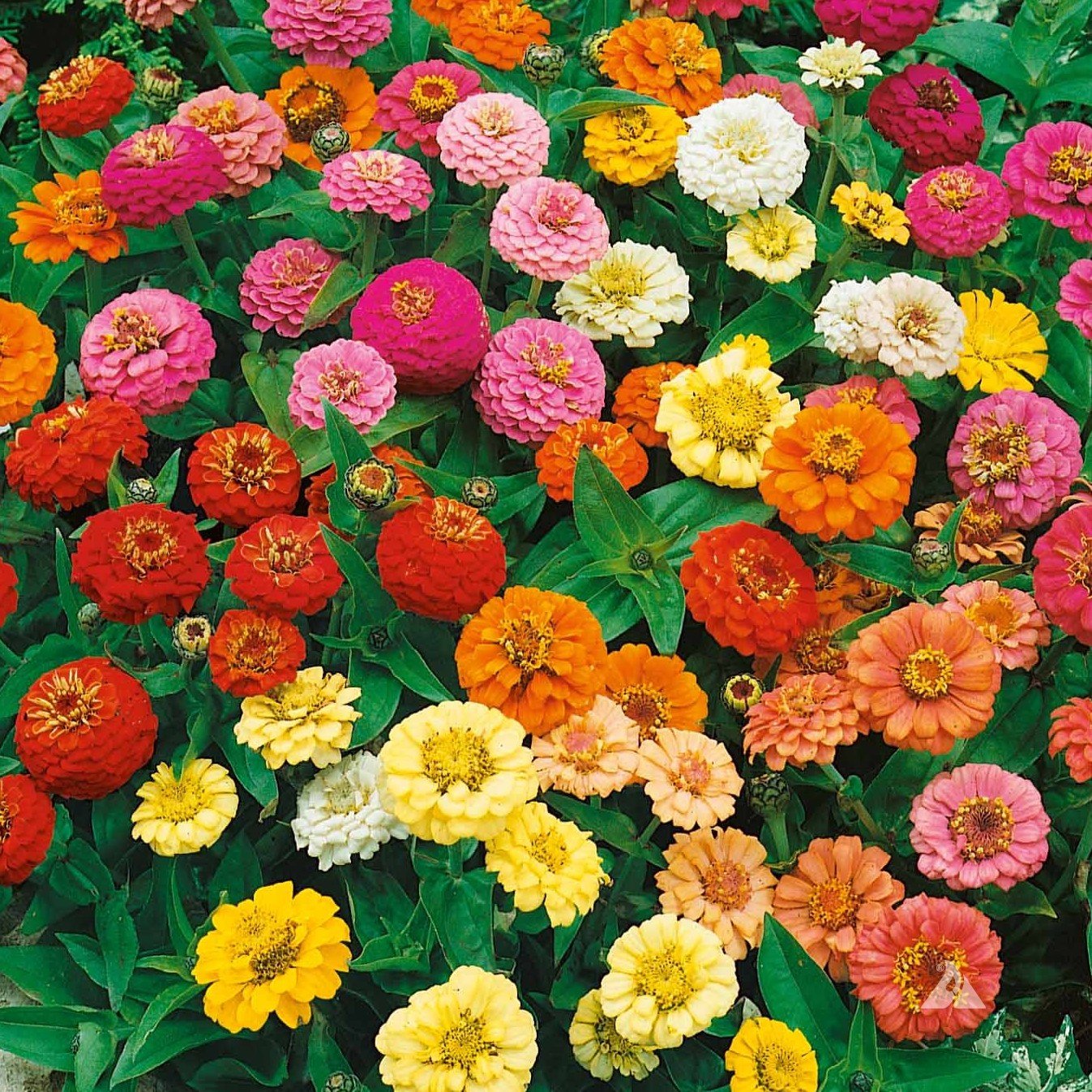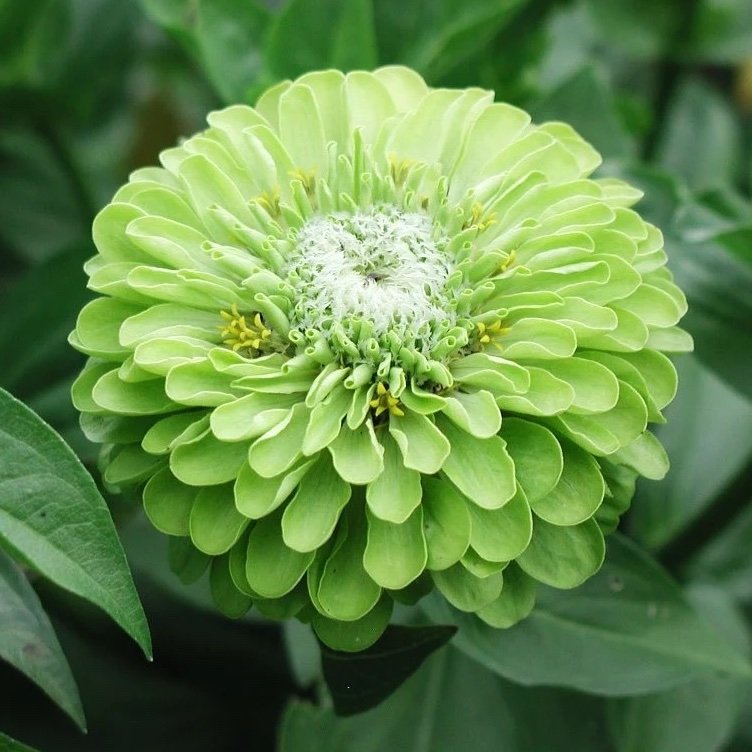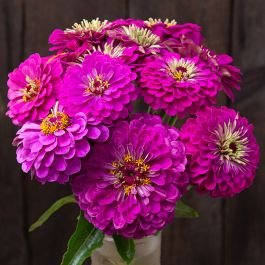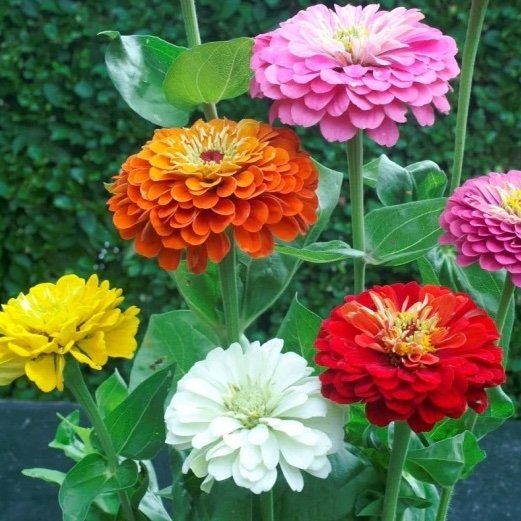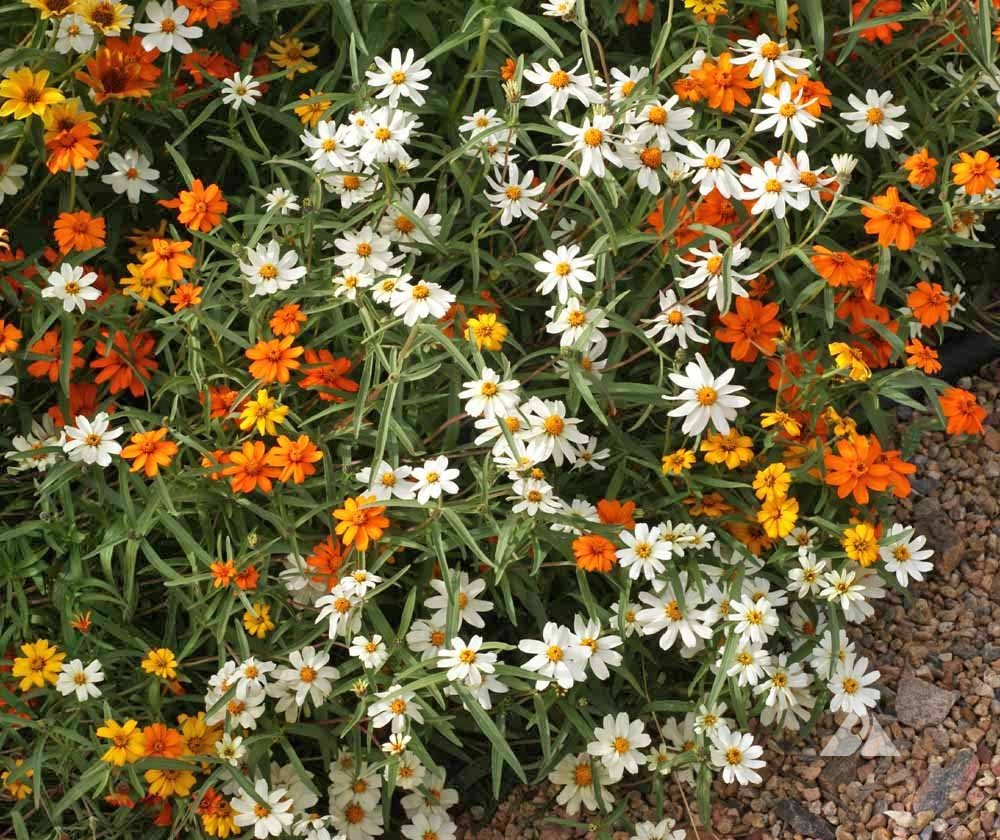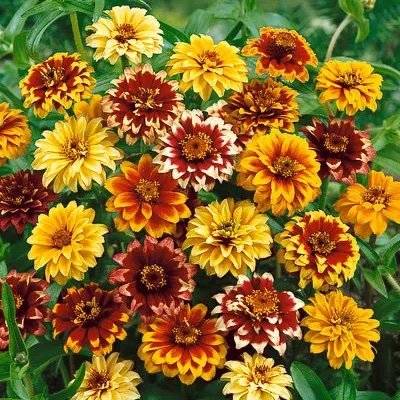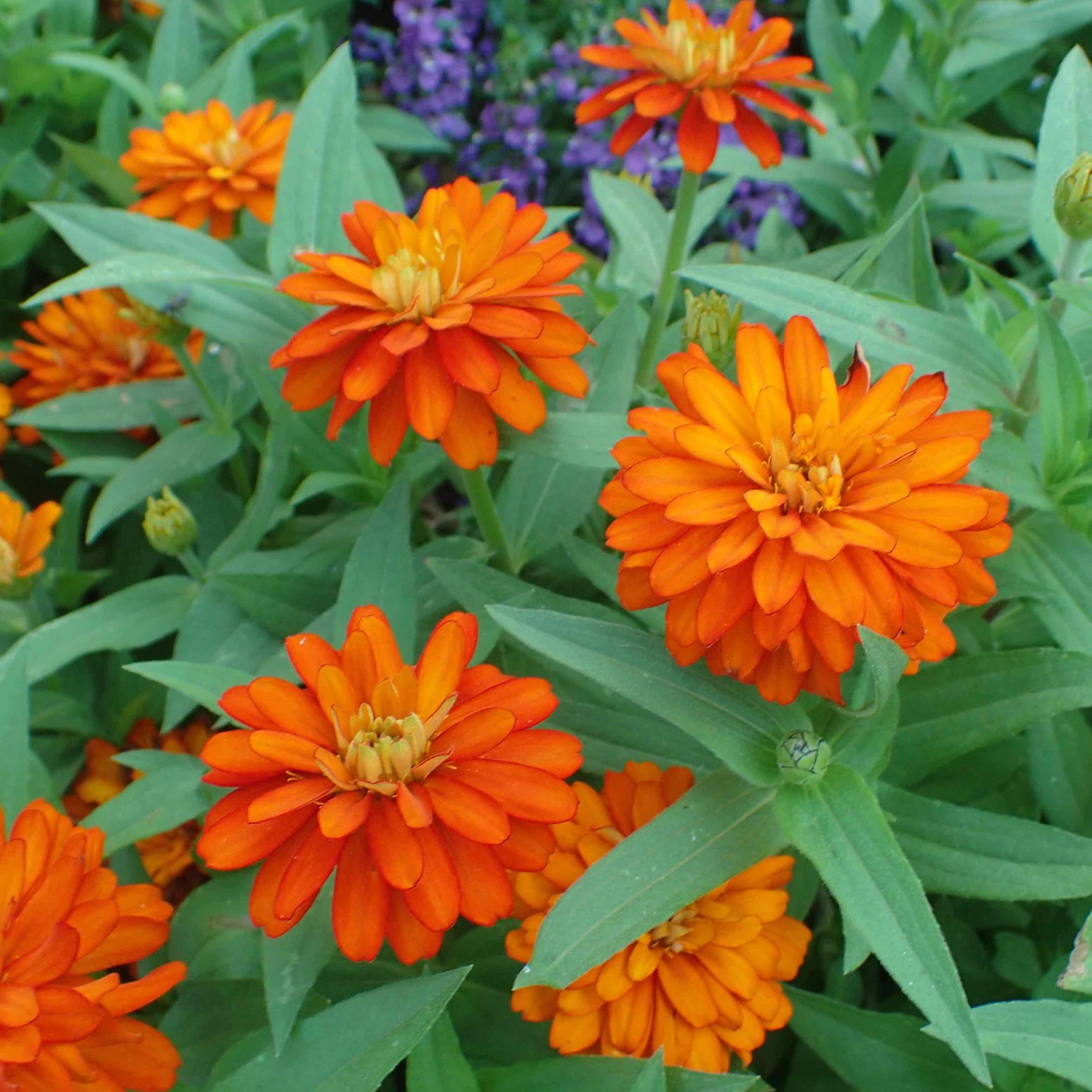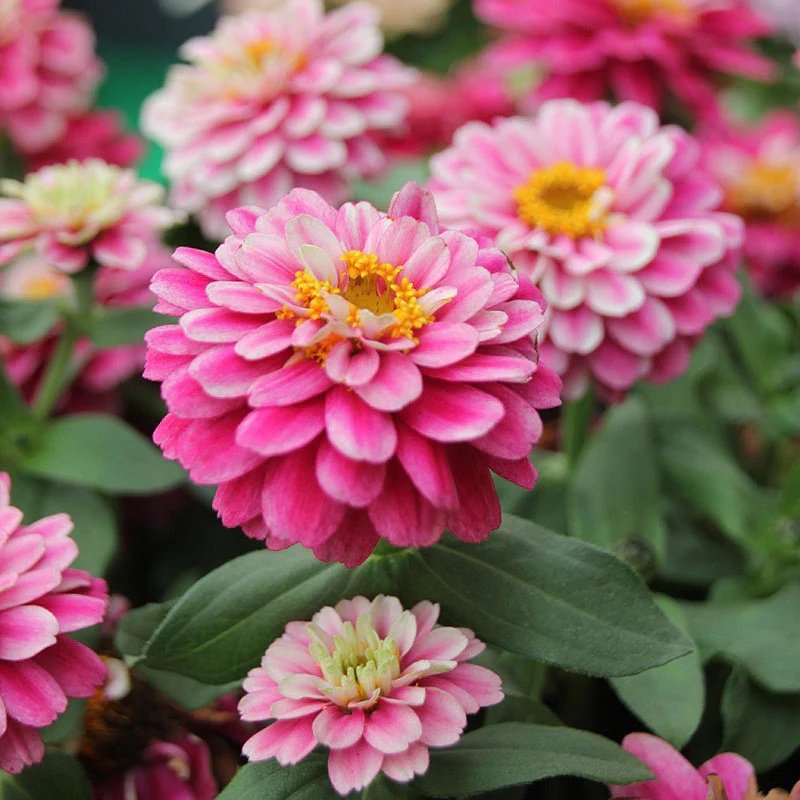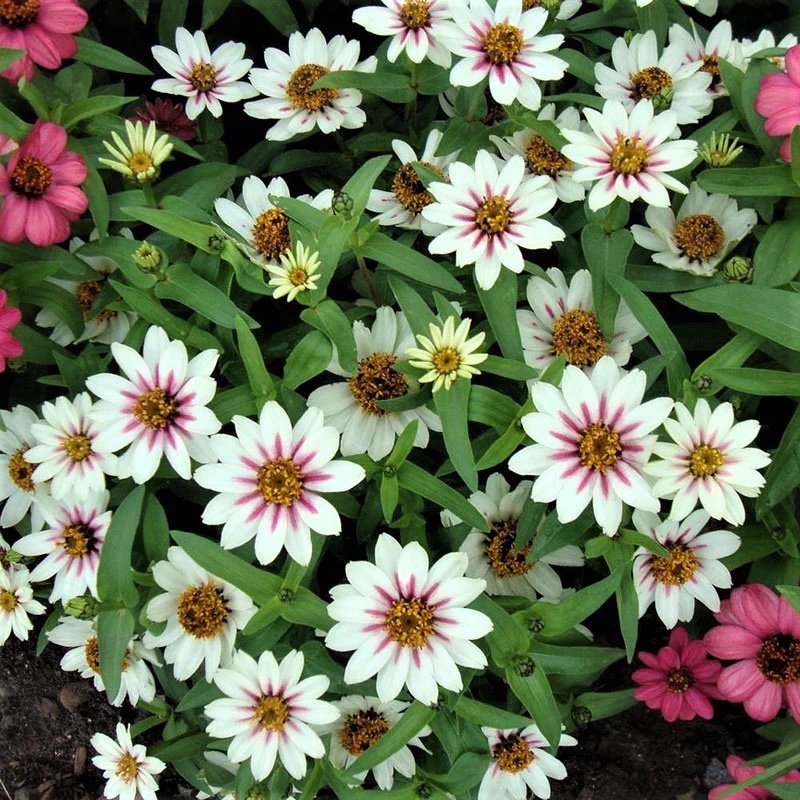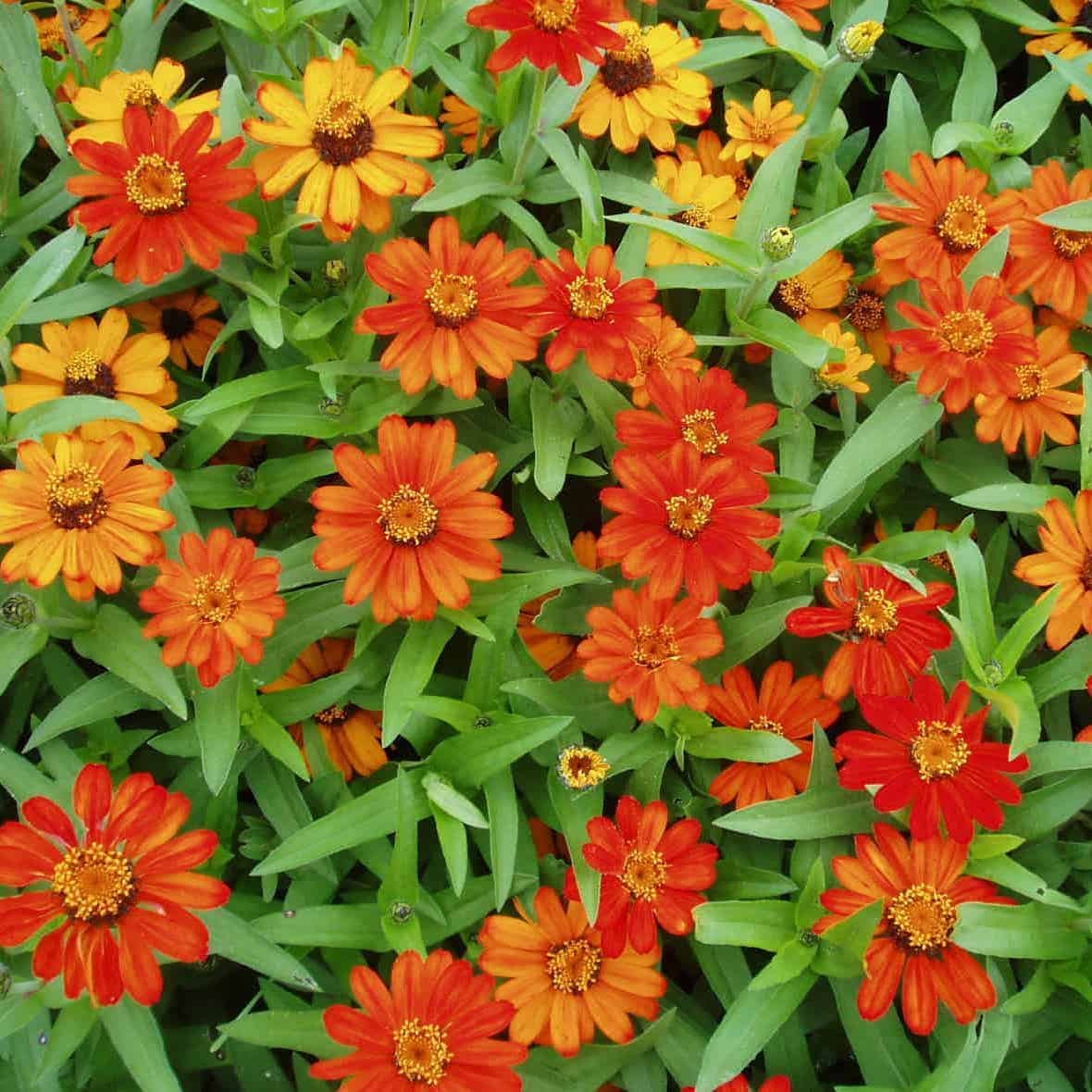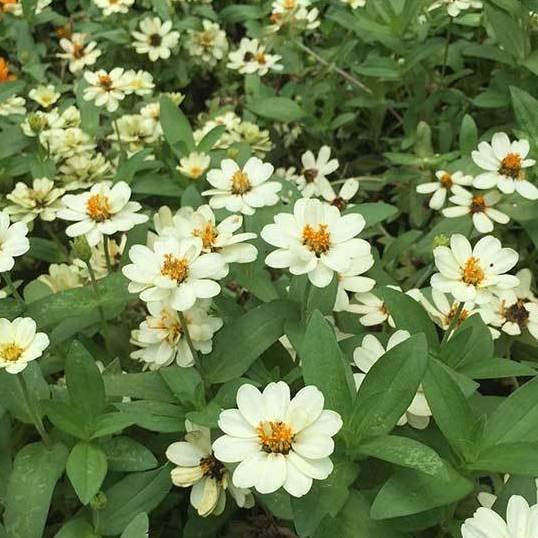Zinnias for Every Garden
Planting zinnias is one of the very easiest ways to attract bees, butterflies, and myriad other pollinators. Whether planted in the ground or in containers, they'll add cheer to your patio or garden. And they're a favorite for cut flowers as well!
Most of the zinnias we plant in our gardens are tall, large flowered Zinnia elegans, also known as common zinnias. But other zinnia species are available as well. Three you might find from good seed companies are Zinnia marylandica, Zinnia haageana, and Zinnia angustifolia (also known as Zinnia linearis). Breeders have crossed species and varieties to make hybrids with desirable attributes, such as disease resistance, and a tidier habit. The one thing all available species and hybrids have in common are showy all-summer blooms.
Best For Cut Flowers
Zinnia elegans blooms, the most recognizable garden zinnias, have the main attributes of the perfect cutting flower: sturdy stems and a long vase life. They're available in an astounding variety of colors, ranging from brilliant scarlet and deep purple, to yellow, apricot, orange, pink, lavender, bicolors, and even shades of green. You'll find common zinnias of all sizes as well, from 4 feet in height to less than 1 foot. They're a must for every cutting garden! Here are a few of the many available varieties.
If you're looking for the Wow! factor, multicolored zinnias such as the Swizzle series (left), Queenie Lime Orange (center), and 'Zowie! Yellow Flame' (right) deliver in the garden and in the vase. Look for other fun multicolored petals as well, including 'Pop Art', 'Candy Stripe', 'Pinwheels', and more 'Queenie' series zinnias.
If petite, button-like flowers are more your style, heirloom 'Lilliput' zinnias (left) are vivid pom-pom-like flowers that grow to about 2 feet tall. 'Cupcake' type zinnias (center) sport puffy blooms on 2 to 3 foot plants. 'Thumbelina' (right), a 1963 All America Selections winner, is an ideal cutting flower for smaller gardens, reaching just 18 inches in height. Another popular zinnia with long-stemmed 2 ½ inch flowers in a wide range of colors is 'Cut and Come Again'.
For showy elegance, choose large-flowered zinnias such as 'Envy' (left) or 'Benary's Giant' (center). Both yield long-stemmed, summer-long blooms. Giant Dahlia Flowered zinnias (right) are garden classics, 40 inches tall with brightly colored 4 to 5 inch flowers. You also can't go wrong with tried-and-true 'California Giant', or 'State Fair' zinnias.
How to Grow Zinnias
Sow seeds directly in the garden after danger of frost has passed, about ¼ inch deep and 3 to 6 inches apart.
Thin larger varieties so that they are spaced at least 12 inches apart. Shorter varieties can be spaced closer.
Cut flowers frequently for continuously blooming plants.
At the end of the season, cut the spent plants to the ground.
Species and Hybrids for Garden Color
Narrowleaf zinnia, Zinnia angustifolia (left), plays a very different role in the garden from the attention-grabbing common zinnia. More of a supporting player, this disease-resistant species is equally at home as a border plant, a companion for perennials, or a pollinator attractant in the vegetable garden. At about 12-15 inches, its small daisy-like flowers will add life and beauty to any small space in the garden.
Bi-colored Zinnia haageana (right), often sold as 'Persian Carpet' zinnia or Mexican zinnia, reaches about 18 inches in height. With clean foliage and 1.5 inch all-season flowers, it is useful as a border plant, and in containers.
Zinnia marylandica was created by crossing the common zinnia with the narrowleaf zinnia. The resulting plants have desirable attributes from both species: the clean foliage and smaller 14-18 inch stature of the narrowleaf zinnia, and the showy, albeit smaller, flowers of many colors typical of common zinnia. Included in this hybrid group are the Zahara® and Double Zahara® series zinnias, known for their excellent landscape attributes, including disease and drought tolerance, all-season color, and tidy habit. Left to right: 'Double Zahara Fire', 'Double Zahara Raspberry Ripple', 'Zahara Starlight Rose'.
Profusion series zinnias, also hybridized from the common and narrowleaf zinnias, are similar to Zahara series in endurance and garden performance. Introduced in 1994, about 15 years prior to Zahara, they are available in many colors and bicolors, including apricot, cherry, lemon, orange, and the new, award-winning red-yellow bicolor shown at right.

